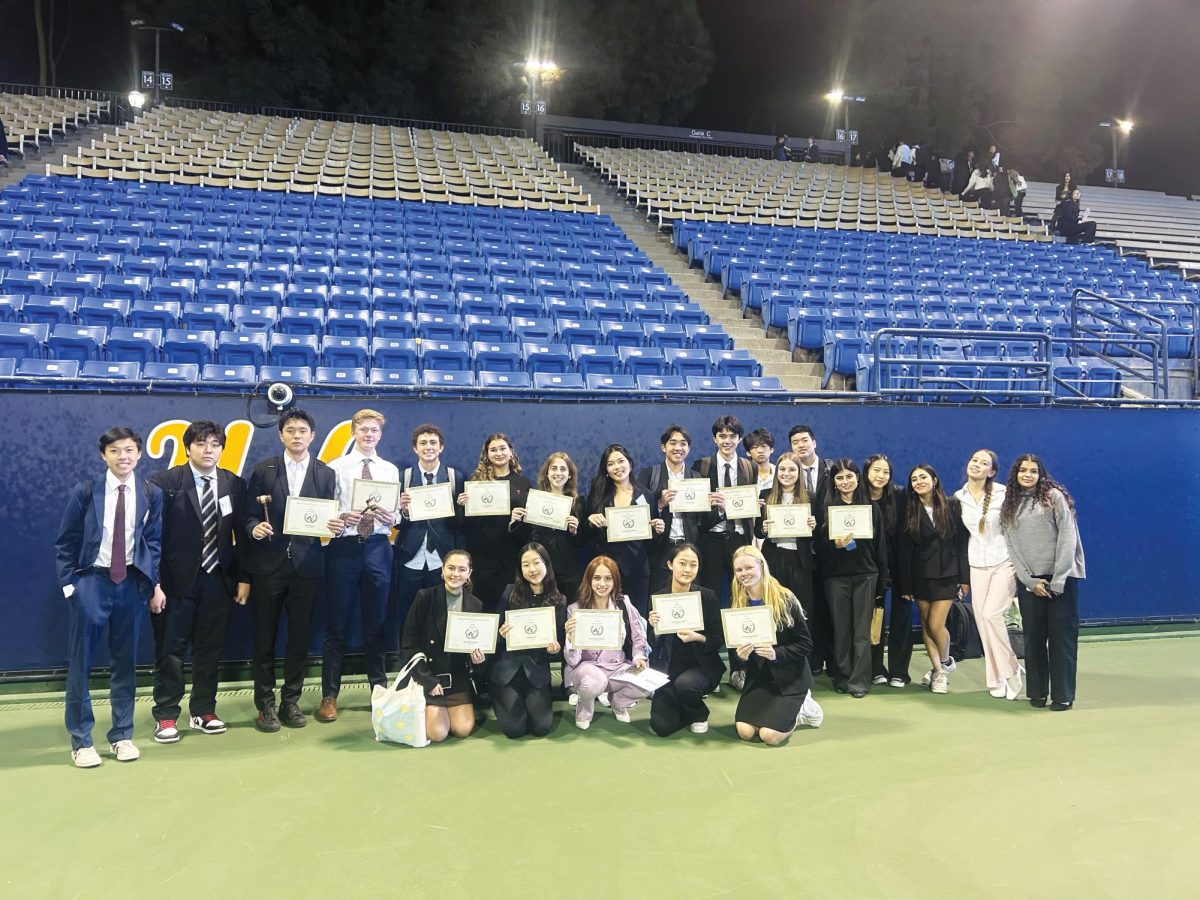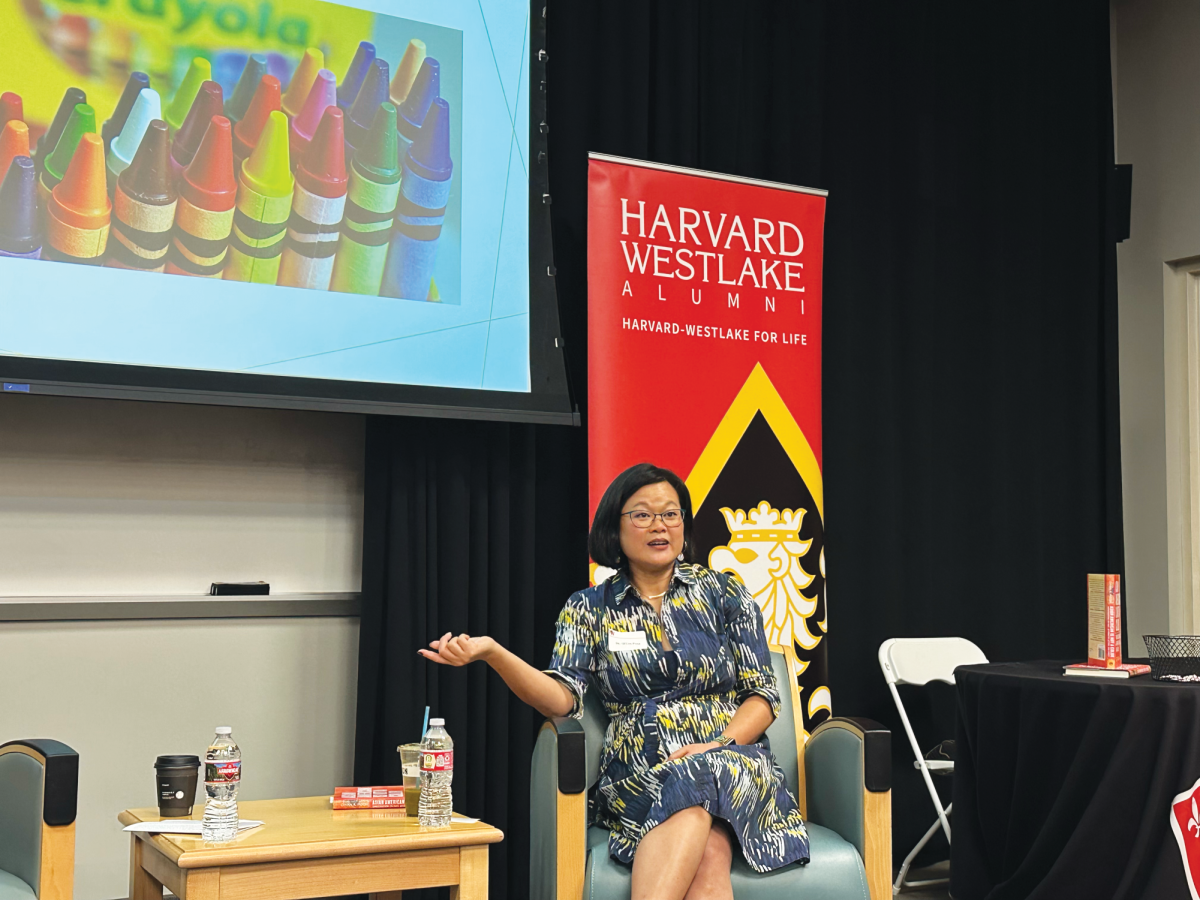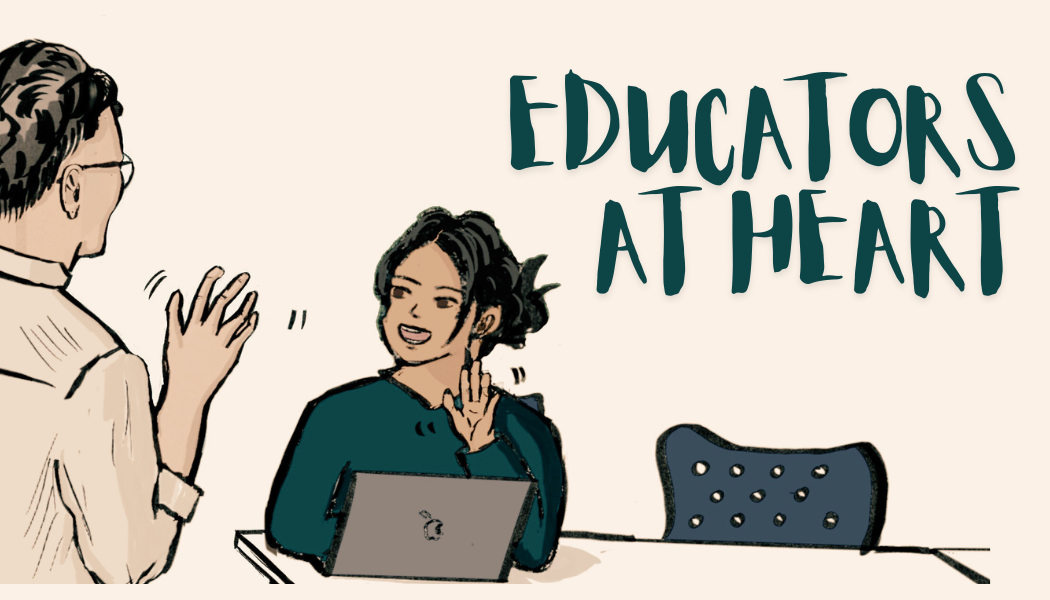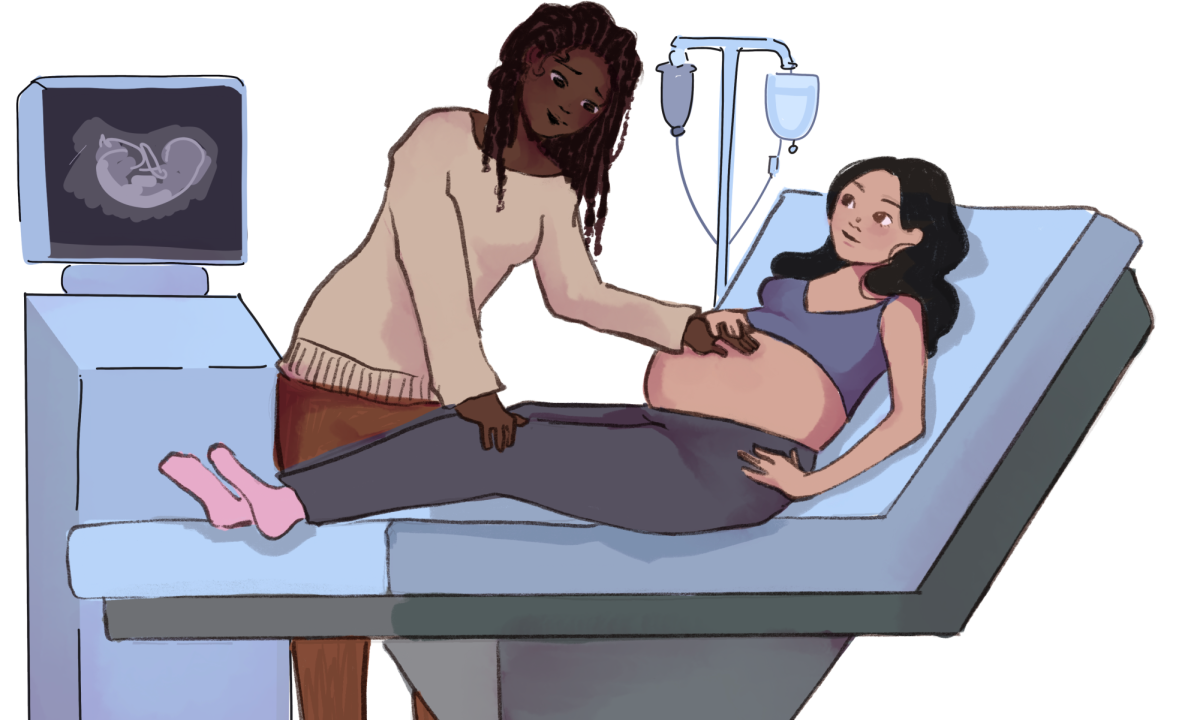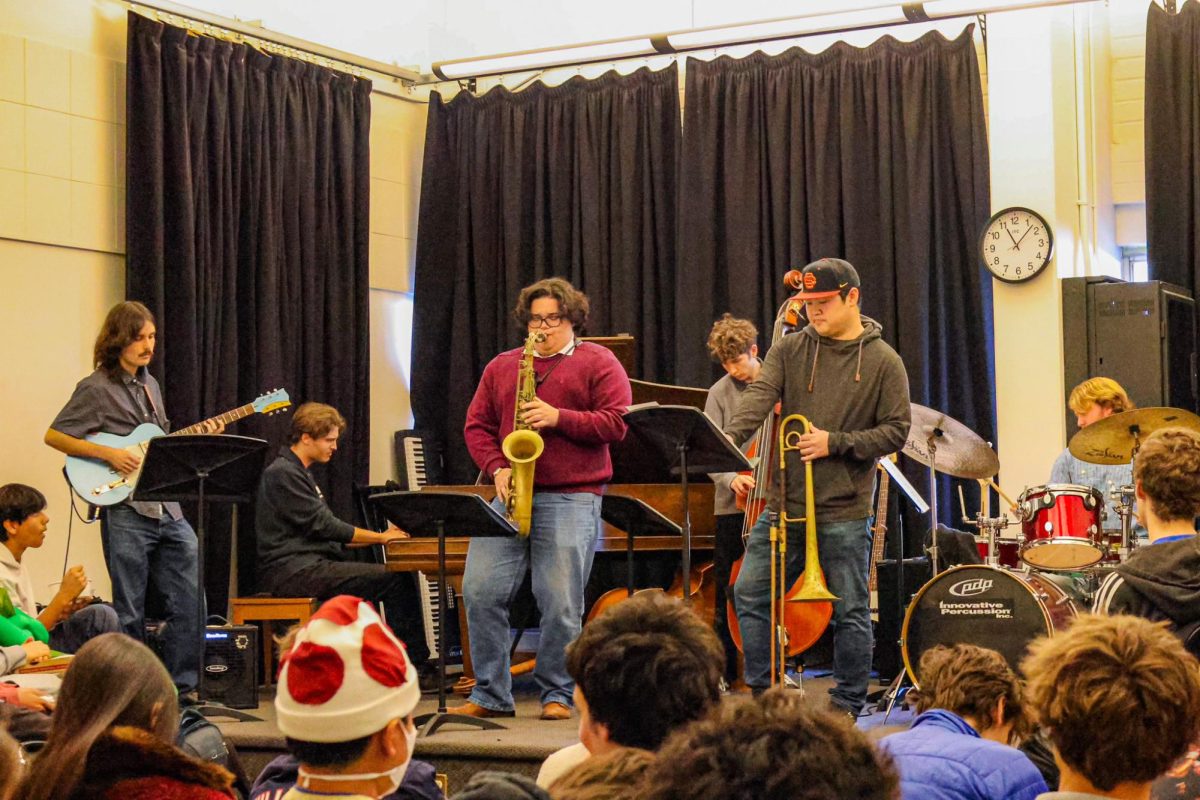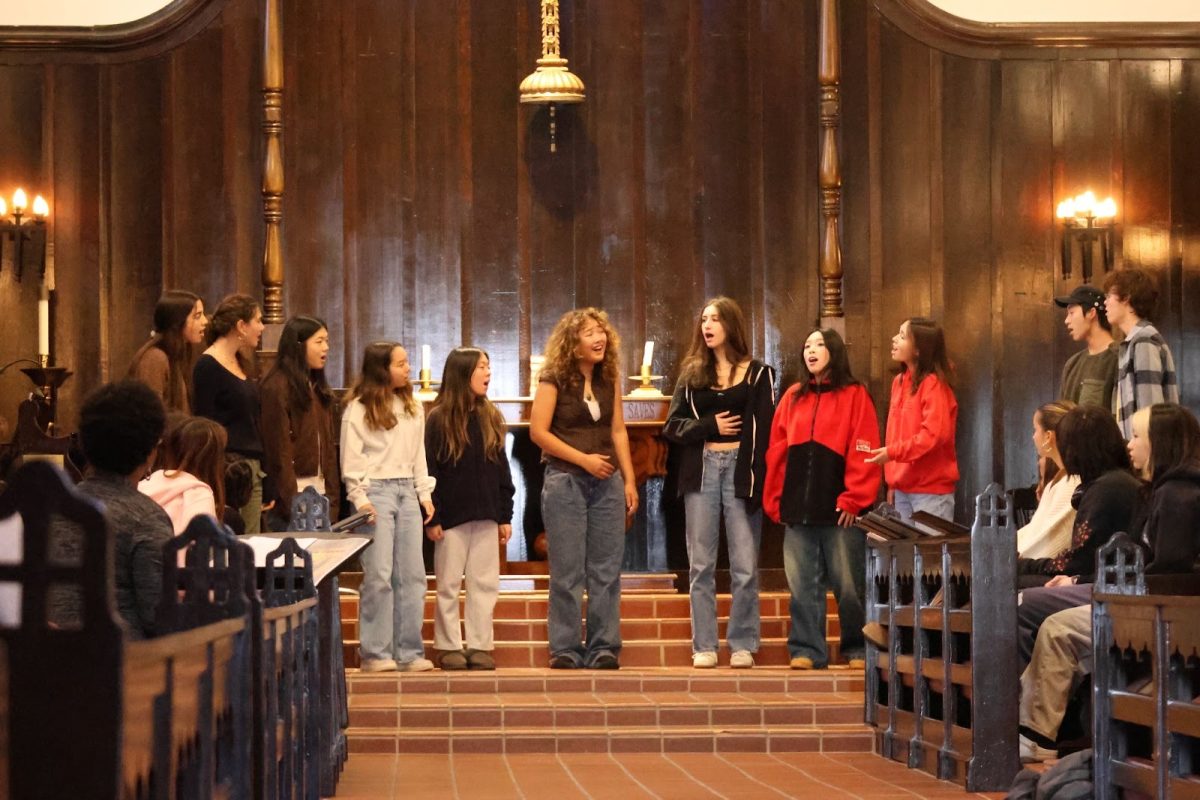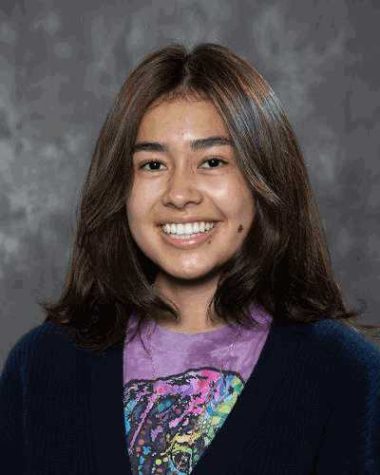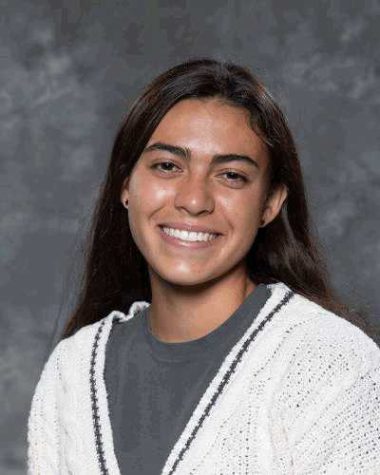Anti-Asian hate crimes fuel outrage
The school grapples with the racist implications of the Atlanta shootings.
March 25, 2021
Six Asian American women were killed during multiple shootings in Atlanta on March 16. The attack occurred between three different Asian-owned spas, and eight people suffered from fatal bullet wounds. The racial identities of the spa owners and six of the victims have brought clarity to the racially-charged intentions of the suspect, and the mass-murder is being widely received as a hate crime.
Asian Students in Action (ASiA) leader Mia Shelton ’21 said she felt devastated when she heard about the shooting, an emotion that was only amplified by the media’s hesitance to identify the attack as racist.
“Eight people were killed, six [of which were] Asian American women, and it was not the most prevalent thing that was populating my newsfeed or my social media,” Shelton said. “As more information has been found and released, as the press conference occurred, as there is a refusal to call this a hate crime, that sadness very quickly turned to anger.”
At the start of the pandemic, former President Donald Trump referred to COVID-19 as the ‘Chinese Virus’ and the ‘Kung Flu’ on multiple occasions, placing blame on the Asian community for the spreading of the virus and instigating a rise in Anti-Asian sentiment, as detailed by ABC News. Between March 2020 and February 2021, 3,795 racially-charged attacks against Asian Americans were documented, according to a report published by the non-profit organization Stop AAPI Hate, which records incidents of racism against people who identify as Asian American Pacific Islander (AAPI) in the U.S. The group was founded in response to the racially-motivated assaults on Asian Americans as a result of the COVID-19 pandemic.
Chinese teacher Bin He said he has observed higher rates of racism against Asian Americans since the term “Chinese Virus” emerged. He said in China, people associate America with freedom and equality, and that the anti-Asian hate crimes have been jarring.
“I’m a foreigner,” He said. “I’m Chinese. When we talk about [America], we believe in the Constitution, we believe in freedom, we believe in equality, we believe in constitutional rights, but this year we obviously can feel this anti-Asian [sentiment].”
Like He, Joy Ho ’22 said she feels outraged by the increase in reported hate crimes that have targeted Asian Americans throughout the pandemic.
“Seeing such a sudden increase in anti-Asian hate crimes and xenophobia towards the community definitely opened my eyes to the overall situation happening around me,” Ho said. “I’m shocked, I’m frustrated and I know things need to change.”
ASiA hosts community reflection about anti-Asian violence
ASiA sent a school-wide email addressing recently recorded instances of racially-motivated crime against Asian Americans on March 16. The email highlighted a 1900% increase in anti-Asian hate crimes across the United States and encouraged all students to attend an All Community Reflection to discuss the prevalence of anti-Asian sentiment March 19. While ASiA has made efforts to raise awareness and support for the Asian American community, Ho said she feels disheartened that the school has yet to fully address the racism against the Asian American community.
Like Ho, Natalie Chan ’23 said she was upset by the limited initiative taken by the school.
“It’s just kind of disheartening not seeing the school be really active [or] speaking out about the issue,” Chan said. “[The] reflection going on Friday [was] organized by [ASiA], and I’m really glad it’s taking place, but [it’s] an initiative that the club has been taking. I just feel like this school could definitely be doing more in terms of reaching out [and] spreading awareness.”
While some students said the school has yet to efficiently address the rise in violent racism against Asian Americans, He said the school’s anti-racism work has reaffirmed the strength of the community. Specifically, He said he is proud of his colleagues’ support and active commitment to creating a more inclusive environment.
“For me, I just feel I’m cured by my colleagues,” He said. “One of my students just made some materials for Asian Americans who [don’t] speak English [and] who have encountered these kinds of situations. I’m a member of [a faculty] who cares about what will be happening next. And yesterday our [ASiA] club sent us the email to invite us to join the school-wide conversation, so I think the students and my colleagues had a very fast reaction and I just thought, ‘yes, this is my school, and we really care about the different ethnic[ities] in our communities.’”
Shelton said ASiA strives to not only provide a safe space for Asian American students and faculty during the All Community Reflection but also to educate other members of the school community on the weight of current racial issues.
“I hope to demonstrate to our community that this is something worthy and necessary to speak out about, and I want to demand more acknowledgment,” Shelton said. “I hope to inspire others to make change and work for what [they] believe is right.”

